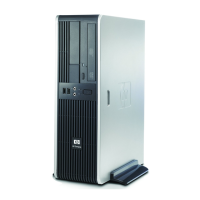
Do you have a question about the Compaq dc5750 - Microtower PC and is the answer not in the manual?
| Network | Integrated Broadcom NetXtreme Gigabit Ethernet |
|---|---|
| Audio | Integrated High Definition audio |
| Form Factor | Microtower |
| Power Supply | 300W |
| Processor | AMD Athlon 64 X2, AMD Athlon 64, or AMD Sempron |
| Memory | Up to 4 GB DDR2 |
| Storage | SATA |
| Optical Drive | DVD-ROM or DVD+/-RW |
| Expansion Slots | 1 PCIe x16 |
| Ports | USB 2.0, VGA, serial, parallel, PS/2, audio in/out |
| Operating System | Windows XP Professional or Windows Vista |
| Weight | Approx. 18.5 lbs (8.4 kg) |
Explains data duplication (mirroring) and parity calculations for fault tolerance and data integrity.
Details how striping interleaves data across multiple drives to improve read/write speeds.
Defines essential terms like ATA, BIOS, HDD, IDE, PnP, RAID, ROM, and SATA used in RAID contexts.
Describes RAID 0 using two drives for performance, highlighting its lack of data redundancy.
HP recommends factory RAID 1 configurations using specific SATA drives for the dc5750 Business PC.
Lists additional supported RAID configurations, including two-drive RAID 0/1 and optical drive usage.
Identifies RAID drive combinations not supported by HP for optimal user experience and reliability.
Details checking and updating the system BIOS to version 1.53 or later, a prerequisite for RAID configuration.
Provides step-by-step instructions to access and enable RAID mode using the F10 System BIOS utility.
Explains how to change the system's boot order to prioritize the CD-ROM for operating system installation.
Details prerequisites and procedures for installing Windows XP, including the necessary RAID driver floppy disk.
Covers the installation of the ATI WebPAM utility, including its Java Runtime Environment dependency.
Details the process for logging into the WebPAM application, including proxy settings and default credentials.
Guides on setting the administrator password and configuring event notification preferences within the WebPAM interface.
Describes how WebPAM reports critical drive conditions and malfunctions via popups and email notifications.
Directs users to the HP support website for the comprehensive WebPAM User Manual and other relevant documentation.
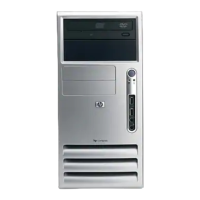
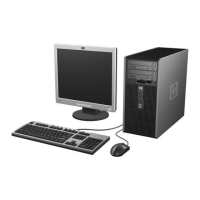
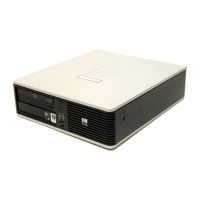




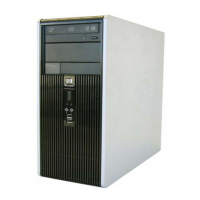

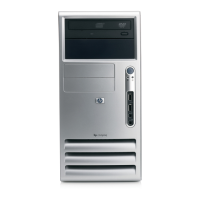
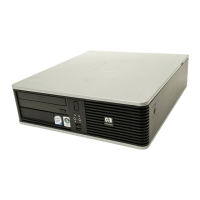
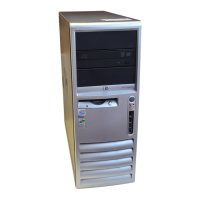
